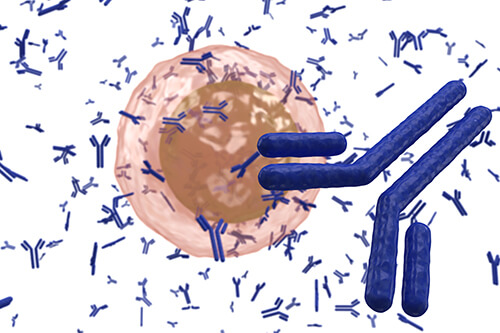



Business Inquiry
Global:
Email:marketing@medicilon.com
+1(781)535-1428(U.S.)
0044 7790 816 954 (Europe)
China:
Email: marketing@medicilon.com.cn
Tel: +86 (21) 5859-1500



Developing a live vaccine is a tricky balancing act. But it can become more of a sure thing if the vaccine developer puts a thumb on the scales. That’s one way to describe the approach taken by Peking University researchers. They decided to tweak the influenza A virus genetically so that it would not only remain fully capable of activating the immune system, but would also be incapable of replicating in healthy cells.

The secret? Well, that’s the proverbial thumb, which in this case is a cell line that makes use of an expanded genetic code. In cells of this line, viruses could replicate, but only in the presence of an unnatural amino acid.
Details appeared December 2 in the journal Science, in an article entitled, “Generation of Influenza A Viruses as Live but Replication-Incompetent Virus Vaccines.” It described how the Peking University researchers, led by Demin Zhou, Ph.D., contrived a virus that could generate only in genetically tweaked cells, but not in healthy cells.
“In a proof-of-principle study, we expanded the genetic code of the genome of influenza A virus via a transgenic cell line containing orthogonal translation machinery,” wrote the paper’s authors. “This generated premature termination codon (PTC)–harboring viruses that exerted full infectivity but were replication-incompetent in conventional cells.”
The authors described how genome-wide optimization of the sites for incorporation of multiple PTCs resulted in highly reproductive and genetically stable progeny viruses in transgenic cells. This approach may become more widely used for generating live virus vaccines adapted to other viruses.
In mice, administering the modified, infected cells in the form of a vaccine offered full protection against influenza. The new vaccine was found to offer an antibody response comparable to an existing live-virus vaccine, and a second dose further increased antibody titers by a factor of six to eight. Similar beneficial effects were seen when the virus vaccine was tested against several different strains of influenza and tested in guinea pigs and ferrets.
These types of virus vaccines can be potentially adapted to almost any virus, the authors say, as long as their genome could be manipulated and packaged in a cell line.
 Relevant
news
Relevant
news